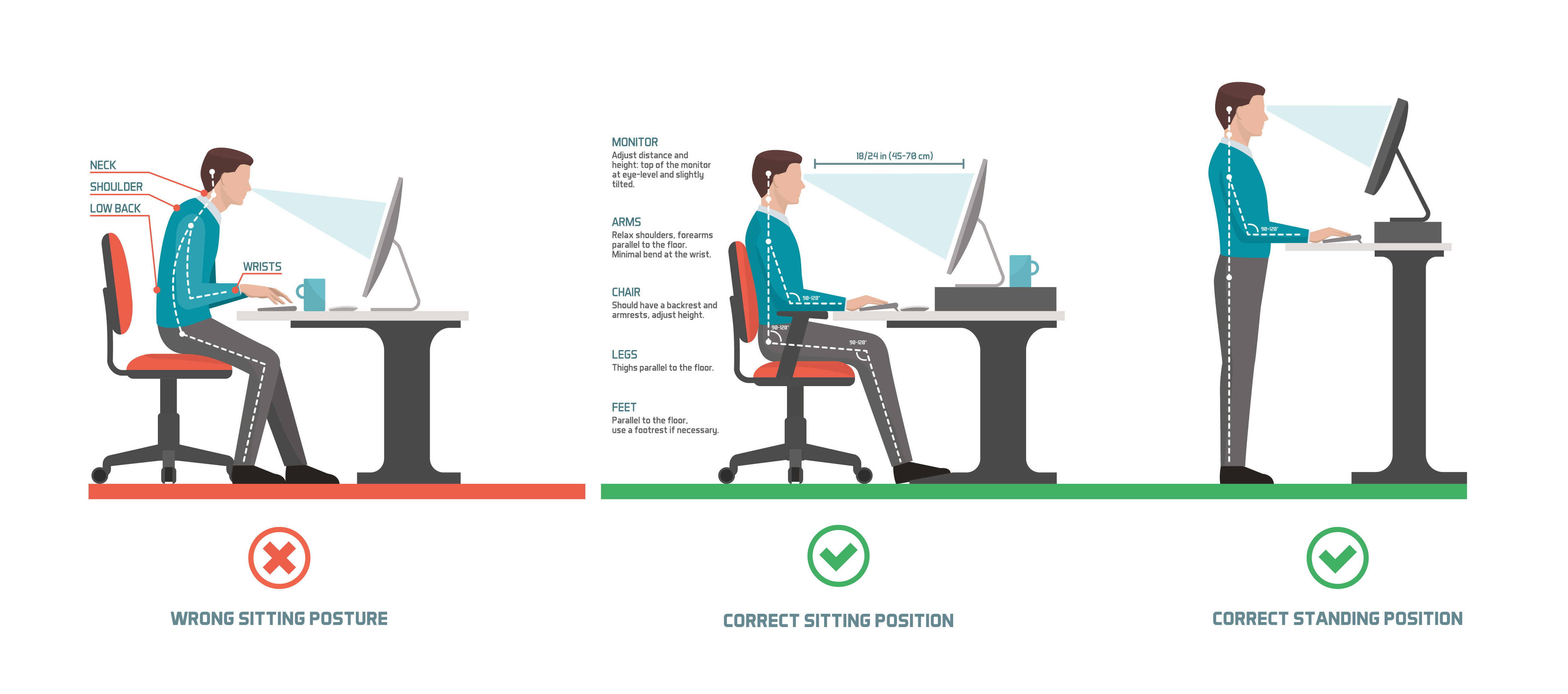⚡️ Health resources for your working space
We spend almost as many hours working as sleeping. Having great working habits is as essential as getting a good night's sleep, and more often than not, they go hand in hand.
Here you'll find some resources to manage stress and best practices to make your working routine lighter from complaints from your future self.
🏃♂️ Move
The number one rule is move! Everyone's body needs some stretching, standing up, and moving around every now and then. And it's easy to forget about moving when we're too focused on something.
Think about it as a system where when certain parts become more passive (your body), others overload to compensate (more mental effort to do things). Taking moving breaks helps sustain balance.
Some people organise their days so that training, lunchtime, or picking up kids from school happen between focus work blocks. If you don't have a smartwatch, here are some desktop tools that can remind you to have frequent, short breaks:
Think about what this means to you and what tools and habits you'd like to incorporate into your routine.
🐒 Workspace ergonomics
The second most relevant rule is your working ergonomics. That is the set of improvements on posture and setup that help prevent muscle, joint, and bone injuries and improve performance and productivity.
It's actually a pretty simple theory, and it's a matter of bringing consciousness to this area. With practice, it will eventually become intuitive and effortless to do.

Experts recommend a posture where the neck, shoulder, and lower back are aligned with your monitor at eye level. Ideally, you'd switch from sitting to a standing desk, so you strike rules one and two all at once.
Most injuries are reversible, so if you experience pain or discomfort, seek advice.
🌀 Blue light
Constant exposure to blue light over time can mess with your sleep and may cause harm to your eyes. Your eyes are precious so treat them kindly with some time and attention to your blue light exposure.
Some ideas for minimising the strain on your eyes: Enable Night Shift or a similar blue light reduction app on your mobile device. Night Shift pro tip - move the colour temperature slider to warm because the default still allows some blue light. Install f.lux on your computer to gradually fade out blue light as your working day turns to night. Buying a good monitor. Two things you can check: a) that there is no extra blue light in the LED, and b) that there is no PWM (Pulse Width Modulation), which is used as a cheap way to reduce brightness.
Got any other tips and tricks for filtering blue light? Create a PR!